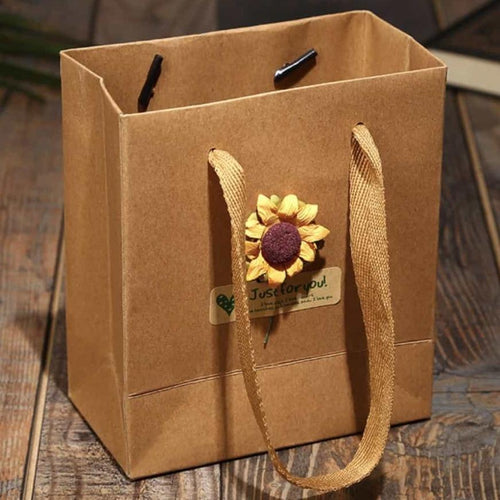When it all began
When did beekeeping begin? One thing we do know is that bees have been around for a long time, probably as long as 110-140 million years.
The oldest record of honey collection is from 15,000 years ago. The painting, found on the wall of a cave in Spain, shows a person climbing a tree, holding a basket and stealing honey from bees.

Honey seeker depicted on 8,000-year-old cave painting near Valencia, Spain
Another ancient records were found in Ancient Egypt. The oldest form of beekeeping, in which hives were kept for the purpose of collecting honey, took place at least 5,000 years ago. An important feature of honey collection in Egypt was beekeepers’ ability to install an mud apiary on rafts and boats. Actually, it was the prototype of modern nomadic beekeeping. It is known that the ancient Egyptian beekeepers were already well aware of the beneficial properties of not only honey and wax, but also propolis. The popularity of the bee in the Nile Valley was immense. The emblem of this insect was used by the pharaohs in their clothing. From Egypt, beekeeping practice spread to other countries of the Ancient World: Babylonia, Assyria, Palestine and the island of Crete.
The Egyptians are credited with the first attempts to domesticate bees and beehives, making “natural” hives from hollow trees and logs to imitate the bees’ nature of hive building. They learned beekeeping techniques and moved their hives to follow the warm weather.

Egyptian mud beehives
Beyond Just Honey
Unfortunately, for thousands of years bees were treated as an annual crop. Medieval Europeans, for example, would hold a piece of burning sulfur at the entrance until all the bees suffocated, then they would shake them out and collect the honey.

Rural beekeeping in the 16th century
In the mid-1700’s it was observed that bees were good pollinators. Bees were first actively used to improve crop pollination in New Zealand in the 19th century, and it all had to do with bees’ mutual evolution with flowers. At the turn of the 20th century, American beekeepers began using hives as pollinators, rather than solely as honey producers.
In 1770, the book “A Treatise on the Management of Bees”, was written by Englishman Thomas Wildman. In his book, Wildman provided plans for a beehive that prevented the killing of bees. This hive style is fairly similar to what is popular today. Wildman also developed hanging frames that provided structure for the bees to deposit honey.
In 1851, Lorenzo Lorraine Langstroth, “the Father of American Beekeeping”, improved upon Thomas Wildman’s design.
Another big development began in 1863 when Charles Dadant, a hobby beekeeper in eastern France, was offered a job growing grapes and keeping bees in America with an old friend. Working with the stacked boxes that Langstroth had popularized, he realized that by simply making one of the boxes larger, a beekeeper could greatly increase production.

Beekeeping Today
Today, the western honeybee occurs on all continents except Antarctica. Its management is practiced by beekeepers at all levels, from garden hobbyists to commercial operators with tens of thousands of colonies.
Despite the many and dramatic changes that have taken place throughout the history of beekeeping, beekeeping today isn’t too different from what it used to be. Beekeeping can be practiced anywhere gardening can be practiced, flowering plants occur, and a measure of isolation made possible from livestock, pets and human traffic.
India has the largest number of beehives, totaling around 12.25 million, followed by China with about nine million. There are 4 million bee colonies on the territory of the United States. A typical beehive in the can produce anywhere from 10 to 200 pounds of honey in a year. The main melliferous plants in this US are clover, alfalfa, rapeseed, citrus fruits, and buckwheat.
Honeybees are clearly vital parts of our ecosystem, acting as highly efficient pollinators of our food crops as well as for wild flora. We need bees because they pollinate a third of our food!
One out of every three bites you put in your mouth was pollinated by honeybees.

A portion of every purchase at Bee Kind Shop is donated to non-profit organizations that help save bee colonies around the globe.











